


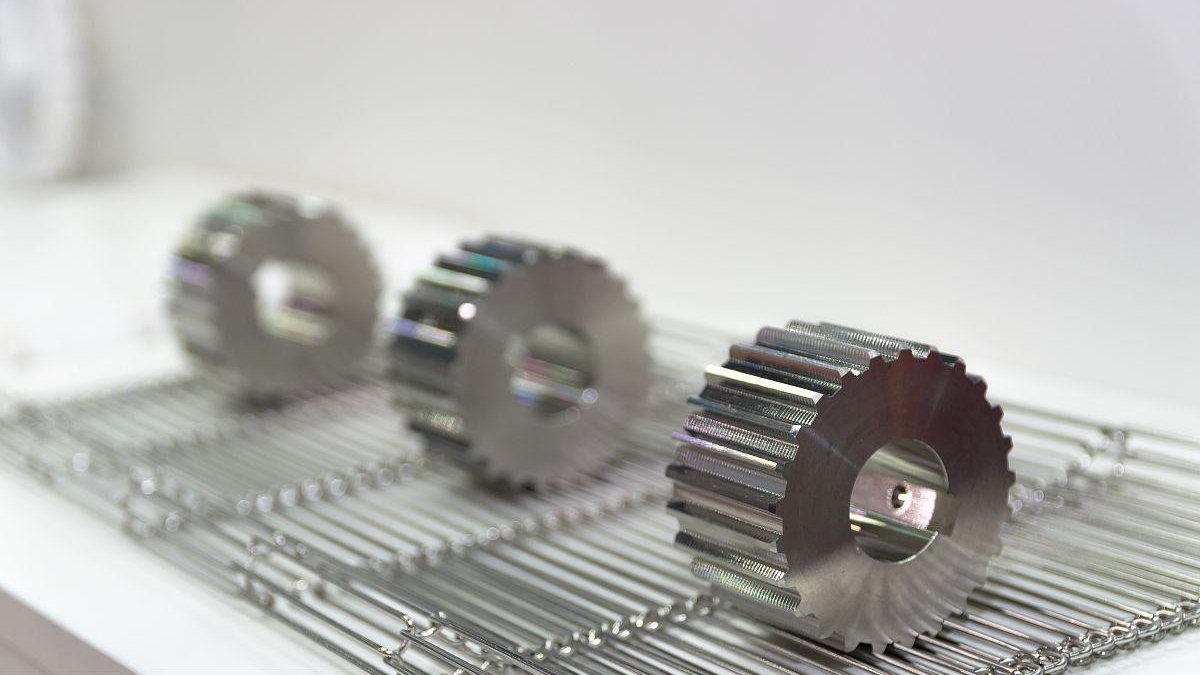
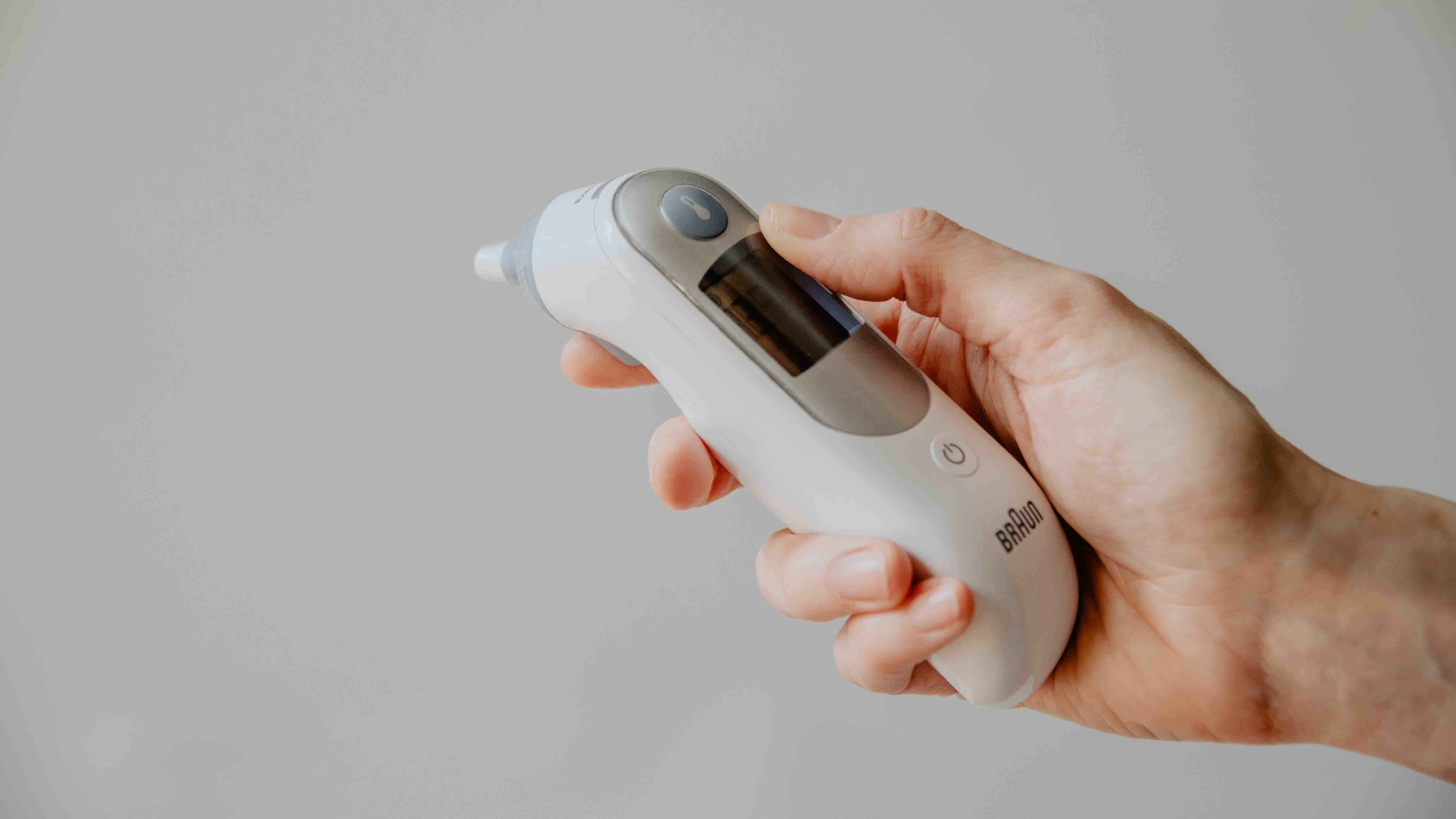
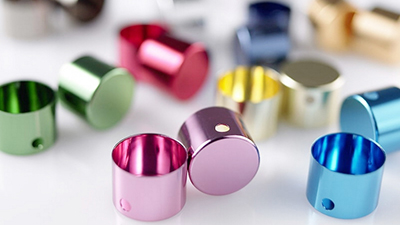
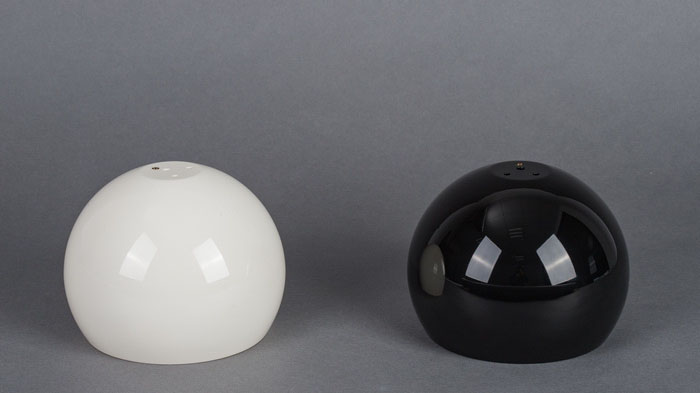
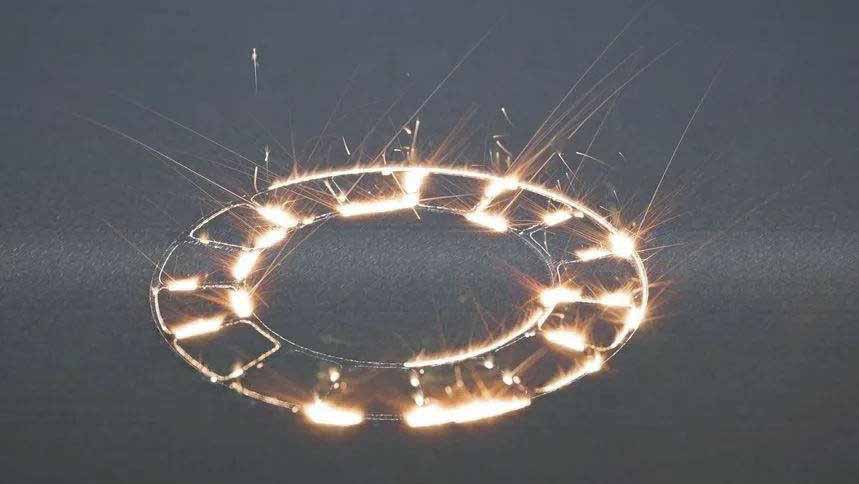
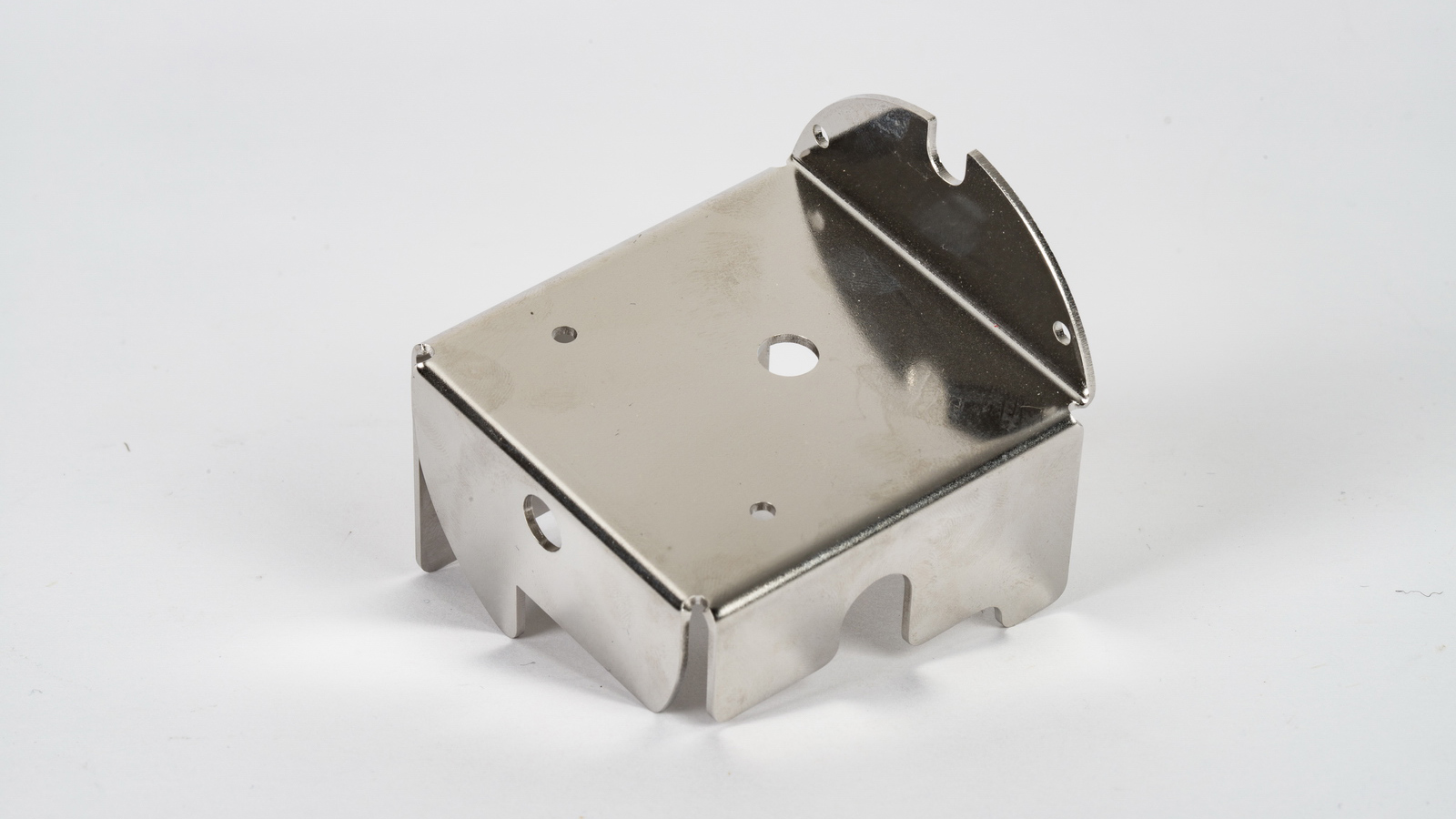
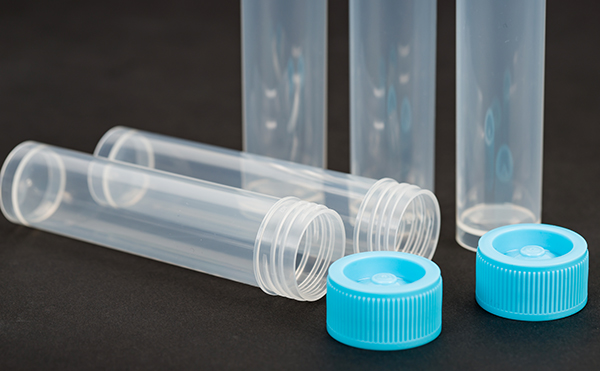
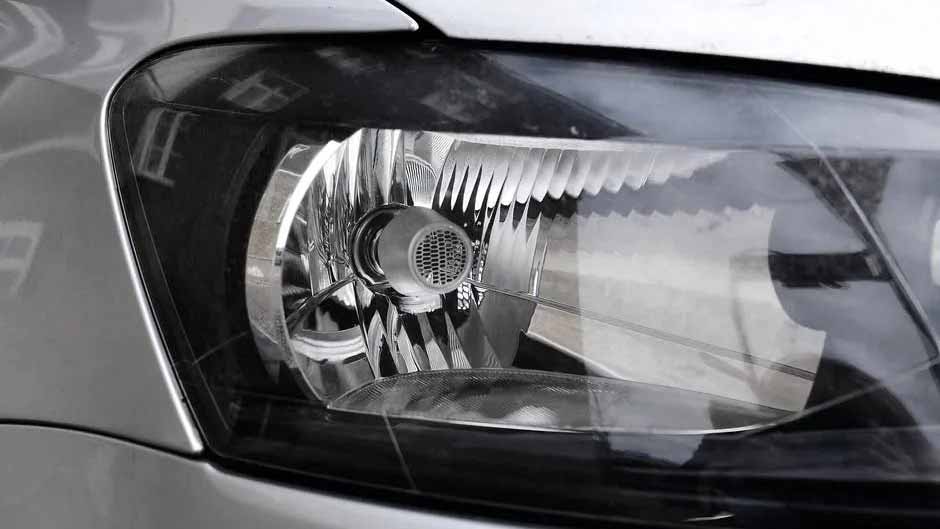
Aluminum vs Steel Tooling Injection Molding
How to build a proper tool is critical for a new project. We always looking for the right material to produce the right products from time to time. What if production demands required for smaller quantities? Aluminum tool for low-volume production that runs only a thousand parts or even less is your first choice. mastars is a metal prototype maker we provide rapid prototyping services and proactive tooling design/build and mass production processing, from injection molding, die casting, CNC machining to final assembly as full one-stop solution.
In certain cases, aluminum tools may be a better choice than steel tools. It is cost-effective and shorter manufacturing lead time to process. However, Aluminum tools always easy to wear out quickly, so it’s not recommended for higher-volume production. High volume or precision and accuracy parts required a steel tool that can keep longer tooling life even up to 1,000,000 parts. Also, it is can be maintained or replace some of the components to extend their lifetime during serial production.
However, steel tools are more expensive and longer manufacturing lead time than Aluminum tools. For product development teams, choosing the right material for their tools is just as important as choosing the right material for the whole project. An exact tool made from the right material makes for a smooth manufacturing process.
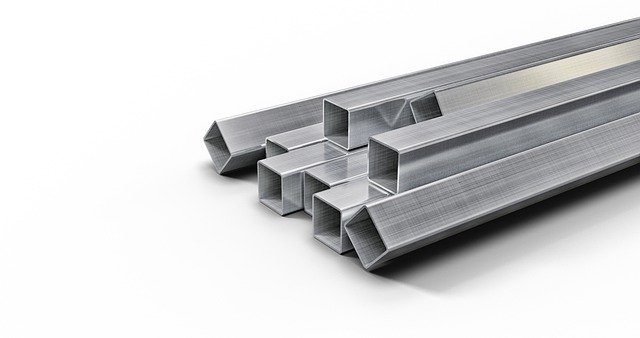
To achieve a shorter lead time, aluminum tooling services are the only way you can deliver this essential for your business. Technology and advanced manufacturing methods have driven the cost-effective method of testing new designs and delivering final products.
Aluminum tooling does have its disadvantage. Such as, Aluminum is not as durable as steel and molds easy to wear out after a few thousand production cycles. This can cause nonconformities in the part, molders must be very careful to check the quality of the production parts after molding a few thousand parts. Another weakness to note is that, if tooling with aluminum, the surface finish may be poor and not easy to process texture or polish due to the material’s low density. Tolerances are also wider than steel tool so it won’t fit for the precision parts.
There is a large selection of polymer resins to choose from, even some of the corrosion resin can be molded from a steel injection mold. Such as 420 stainless steel is to be used in cavities and cores for Acetal or PVC material, but if the part size is too large for successful heat treat, use P-20 with corrosion-resistant plating can be another good option.
Because steel injection tools are typically made from strong steel, it can be difficult to make design changes. If you need to add plastic to the part, you can make the tool cavity larger by cutting away steel. But in order to take away plastic, you need to decrease the size of the tool cavity by adding metal to it. This is extremely difficult and in many cases might mean scrapping the tool (or part of it) and starting over a new one.
If your parts’ demanded do not require over 5,000 parts, if you only want to process full fit and functional testing before the design is frozen, it is a good option to process with aluminum tooling which can discover any design flaws early on or avoid high investments on production tool.
Steel tools cost more to build, but their longer lifetime often offsets higher initial costs. They were typically only used in large-scale productions when thousands of parts needed to be produced. High-grade steels like H-13 and S-7 are tough metals, withstanding wear and constant pressures of plastic injection molding. Stainless steel injection molds are commonly used for larger components or clear parts, like lenses.
www.mastars.com
Email: marketing@mastars.com
Tel: +86 755-88210689
Fax: +86 755-8821 0685
Add: Building 6,Blue Sky Industrial Park, Ditang Road, Shajing Town, Shenzhen City, Guangdong, China
Contents
aluminum tooling and steel tooling services